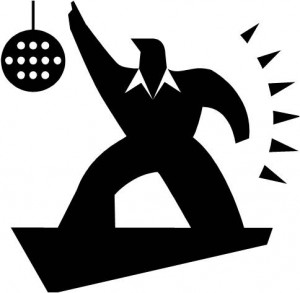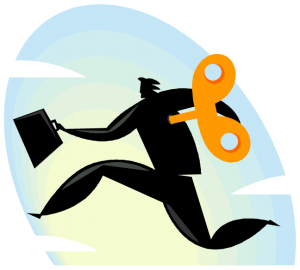My son competes in basketball. His team has many challenges. Perhaps the biggest challenge is that they are a new team (formed this year) competing against established teams that have played together for multiple seasons. Moreover, the other teams have “serious” coaches that teach sophisticated offenses and defenses. Those teams execute plays with coordination, skill and timing that give them decided advantages against less prepared teams.
Here is an interesting point. My son’s team has talented athletes. In fact, they have enough talent to win any game (even against the best teams in the league). Talent alone, however, is not enough. They need to have better offensive and defensive plays. They need to make better adjustments during the game to react to what the other team is doing. They need to learn more from their opponents to make their team better.
Is business any different?
Read the rest of this entry


 Alice heard Bob before she saw him. Talking rapidly on the phone and carrying a set of PowerPoint slides, Bob came bursting around the corner toward his office where Alice had been waiting patiently. With the barest nod of his head, he passed Alice and continued his phone conversation as he sat down at his desk. Something appeared to be up.
Alice heard Bob before she saw him. Talking rapidly on the phone and carrying a set of PowerPoint slides, Bob came bursting around the corner toward his office where Alice had been waiting patiently. With the barest nod of his head, he passed Alice and continued his phone conversation as he sat down at his desk. Something appeared to be up.